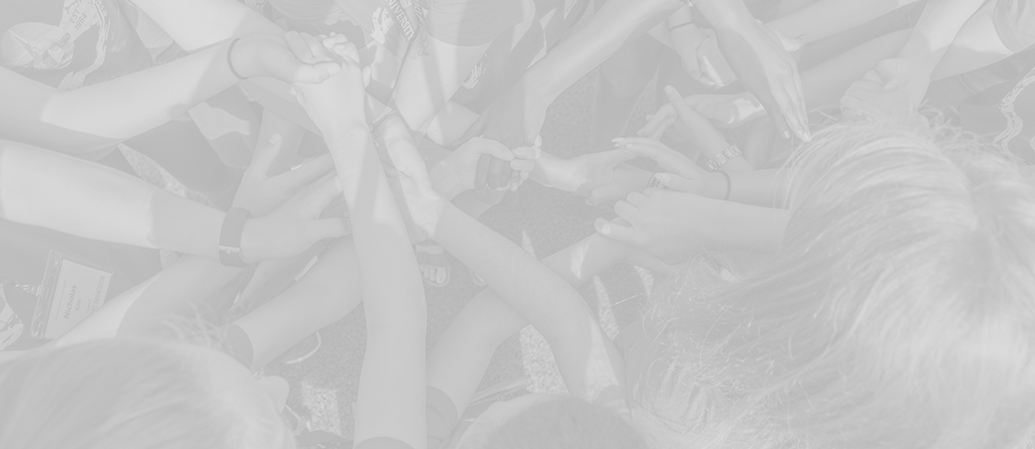Collective Impact Cohorts Creating Collaborative Change
By Lorne Fultonberg
What is a Collective Impact Cohort? In the eyes of Daniel Brisson, it’s what public impact should look like.
Teams of 14–22 people have been meeting for the last six months, determined to tackle broad, grand challenges in innovative and collaborative ways. Faculty, staff and students from across campus have joined members of the community for the new program from the Center for Community Engagement to advance Scholarship and Learning (CCESL), part of the DU Grand Challenges initiative. Collaboratively, they are tackling one of four issues: migration; sustainability in the urban environment; crime and safety; and housing and food insecurity.
“It’s been different and really great,” says Brisson, who is no stranger to public impact work as an associate professor at the Graduate School of Social Work and executive director of the Burnes Center on Poverty and Homelessness. He co-leads the housing and food insecurity cohort. “It’s a total pleasure when you’re given the time and space to work with other folks, rather than needing to push forward for tasks and accomplishing benchmarks for a funder. Instead it’s about engaging in the process.”
Unique to the cohorts is the ability to build relationships across campus, Brisson says. There is a genuine and prolonged attempt to see things from another point of view.
That includes the perspectives of undergraduate students like Rosie Contino, a freshman double majoring in international studies and economics. The youngest member of her crime and safety cohort, Contino was intimidated at first, sitting in a room of professors and experts in the field. Even though she has worked extensively with CCESL as a Puksta Scholar, the cohort experience has been eye-opening.
“Working with people that I never work with as an undergraduate student has taught me so much about cooperation, communication and what it means to do this kind of work,” she says. “I’m able to work with people who are in totally different places in their lives with totally different perspectives.”
The approach has been just as innovative for Contino. Their ideas will develop over the course of two years with backing from a University stipend and the Arthur Vining Davis Foundation. To start the process, Contino’s cohort started broadly: talking about big-picture, pie-in-the-sky outcomes and zeroing in from there.
By June, each cohort will submit a project proposal, which they will work on for the subsequent 12–18 months. And beyond that, both Contino and Brisson say the experience will influence the way they approach public impact work in the future.
“I think all the pieces are there,” Brisson says of the cohort, “the backbone organization, the multidisciplinary perspective, allowing time for the process. I am now pursuing things differently than I did six and 12 months ago. This process has strengthened those relationships, and I foresee for at least quite a few years that I’m going to be working with folks from other units, other departments, other disciplines and that is so, so welcome.”


Recent Comments